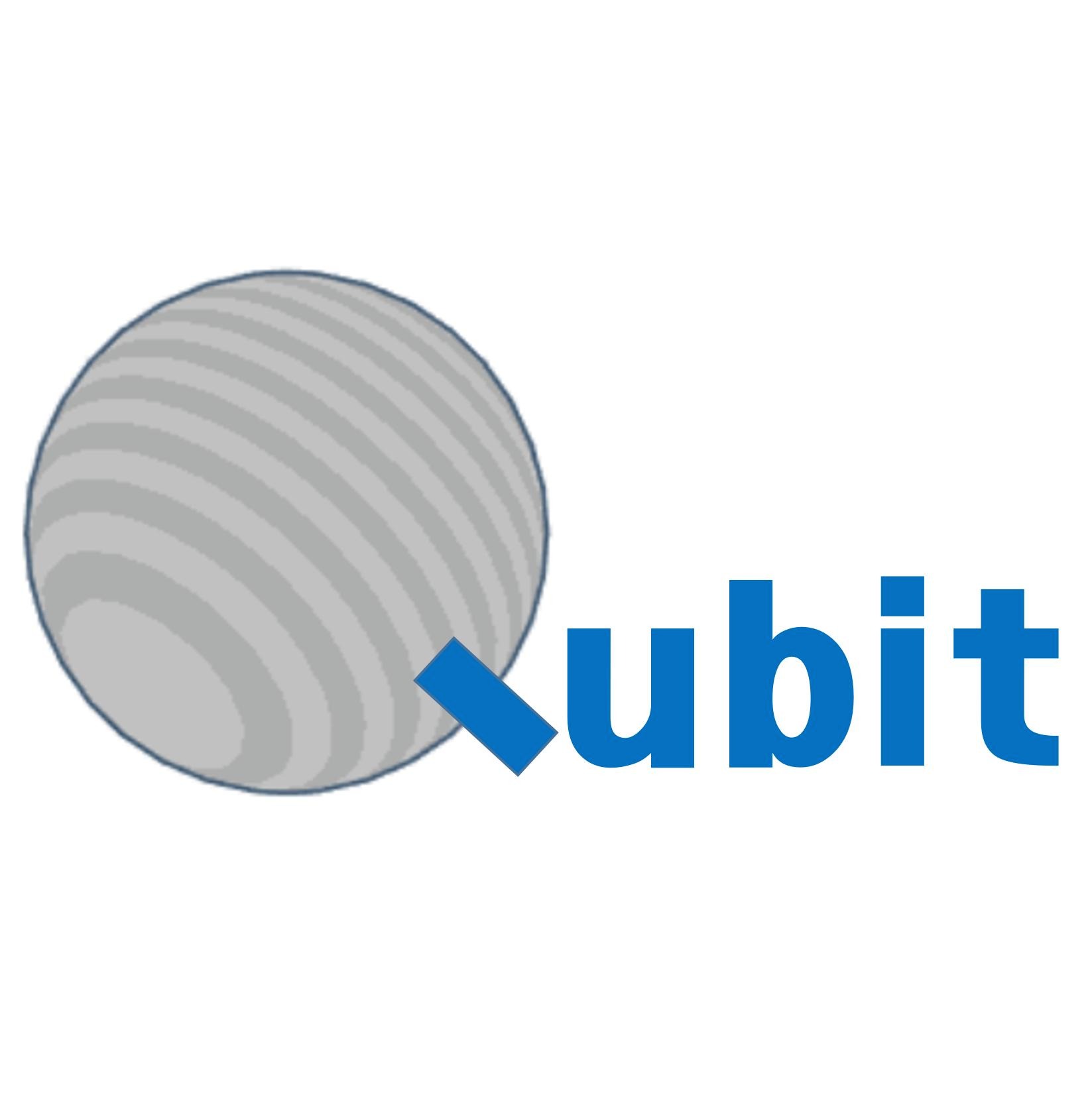Gemma 공개후 곧바로 파인튜닝 가능한 가이드가 공개되었다.
https://adithyask.medium.com/a-beginners-guide-to-fine-tuning-gemma-0444d46d821c
A Beginner’s Guide to Fine-Tuning Gemma
A Comprehensive Guide to Fine-Tuning Gemma
adithyask.medium.com
gemma-2b-it 모델의 quantized 버전 정도는 16GB GPU로도 파인튜닝 테스트를 해볼 수 있다.
상기 가이드대로 GPU환경에서 python을 설치한다.
$ conda create -n gemma python=3.11
$ conda activate gemma
$ pip install bitsandbytes==0.42.0
$ pip install peft==0.8.2
$ pip install trl==0.7.10
$ pip install accelerate==0.27.1
$ pip install datasets==2.17.0
$ pip install transformers==4.38.0
아래 소스를 통해 샘플 데이터 셋을 허깅페이스에서 다운받아 파인튜닝해서 결과를 얻어볼 수 있다.
이때 허깅 페이스에 미리 계정을 만든 후 WRITE 가능한 token으로 로그인을 미리 해두자. WRITE 권한으로 생성한 토큰으로는 모델을 huggingface에 업로드 하는 것도 가능하다(아래 소스의 맨 마지막 두줄)
$ huggingface-cli login
...
Token:
$ huggingface-cli whoami
Justik (필자의 profile이다)
아래 코드를 실행한다. LORA를 통한 경량형 튜닝 정도는 할 수 있게 된다. gemma-7b-it의 경우는 16gb에서는 메모리가 부족하다. (본래 글에서는 A100을 추천하고 있다.) gemma-2b-it의 경우는 아래의 코드로 10~14gb정도의 메모리를 소모한다.
import json
import pandas as pd
import torch
from datasets import Dataset, load_dataset
from huggingface_hub import notebook_login
from peft import LoraConfig, PeftModel
from peft import LoraConfig, get_peft_model
lora_config = LoraConfig(
r=64,
lora_alpha=32,
target_modules=['o_proj', 'q_proj', 'up_proj', 'v_proj', 'k_proj', 'down_proj', 'gate_proj'],
lora_dropout=0.05,
bias="none",
task_type="CAUSAL_LM"
)
from transformers import (
AutoModelForCausalLM,
AutoTokenizer,
BitsAndBytesConfig,
TrainingArguments,
pipeline,
logging,
)
from trl import SFTTrainer
notebook_login()
#model_id = "google/gemma-7b-it"
# model_id = "google/gemma-7b"
model_id = "google/gemma-2b-it"
#model_id = "google/gemma-2b"
bnb_config = BitsAndBytesConfig(
load_in_4bit=True,
bnb_4bit_use_double_quant=True,
bnb_4bit_quant_type="nf4",
bnb_4bit_compute_dtype=torch.bfloat16
)
#model = AutoModelForCausalLM.from_pretrained(model_id, quantization_config=lora_config, device_map={"":0})
model = AutoModelForCausalLM.from_pretrained(model_id, quantization_config=bnb_config, device_map={"":0})
#model = AutoModelForCausalLM.from_pretrained(model_id, device_map={"":0})
tokenizer = AutoTokenizer.from_pretrained(model_id, add_eos_token=True)
{
"instruction": "Create a function to calculate the sum of a sequence of integers.",
"input":"[1, 2, 3, 4, 5]",
"output": "# Python code def sum_sequence(sequence): sum = 0 for num in sequence: sum += num return sum"
}
dataset = load_dataset("TokenBender/code_instructions_122k_alpaca_style", split="train")
def generate_prompt(data_point):
"""Gen. input text based on a prompt, task instruction, (context info.), and answer
:param data_point: dict: Data point
:return: dict: tokenzed prompt
"""
prefix_text = 'Below is an instruction that describes a task. Write a response that appropriately completes the request.\\n\\n'
# Samples with additional context into.
if data_point['input']:
text = f"""<start_of_turn>user {prefix_text} {data_point["instruction"]} here are the inputs {data_point["input"]} <end_of_turn>\\n<start_of_turn>model{data_point["output"]} <end_of_turn>"""
# Without
else:
text = f"""<start_of_turn>user {prefix_text} {data_point["instruction"]} <end_of_turn>\\n<start_of_turn>model{data_point["output"]} <end_of_turn>"""
return text
# add the "prompt" column in the dataset
text_column = [generate_prompt(data_point) for data_point in dataset]
dataset = dataset.add_column("prompt", text_column)
dataset = dataset.shuffle(seed=1234) # Shuffle dataset here
dataset = dataset.map(lambda samples: tokenizer(samples["prompt"]), batched=True)
dataset = dataset.train_test_split(test_size=0.2)
train_data = dataset["train"]
test_data = dataset["test"]
model = get_peft_model(model, lora_config)
trainable, total = model.get_nb_trainable_parameters()
print(f"Trainable: {trainable} | total: {total} | Percentage: {trainable/total*100:.4f}%")
import transformers
from trl import SFTTrainer
tokenizer.pad_token = tokenizer.eos_token
torch.cuda.empty_cache()
trainer = SFTTrainer(
model=model,
train_dataset=train_data,
eval_dataset=test_data,
dataset_text_field="prompt",
peft_config=lora_config,
args=transformers.TrainingArguments(
per_device_train_batch_size=1,
gradient_accumulation_steps=4,
warmup_steps=0.03,
max_steps=100,
learning_rate=2e-4,
logging_steps=1,
output_dir="outputs",
optim="paged_adamw_8bit",
save_strategy="epoch",
),
data_collator=transformers.DataCollatorForLanguageModeling(tokenizer, mlm=False),
)
# Start the training process
trainer.train()
new_model = "gemma-2b-it-finetune" #Name of the model you will be pushing to huggingface model hub
# Save the fine-tuned model
trainer.model.save_pretrained(new_model)
# Merge the model with LoRA weights
base_model = AutoModelForCausalLM.from_pretrained(
model_id,
low_cpu_mem_usage=True,
return_dict=True,
torch_dtype=torch.float16,
device_map={"": 0},
)
merged_model= PeftModel.from_pretrained(base_model, new_model)
merged_model= merged_model.merge_and_unload()
# Save the merged model
merged_model.save_pretrained("merged_model",safe_serialization=True)
tokenizer.save_pretrained("merged_model")
tokenizer.pad_token = tokenizer.eos_token
tokenizer.padding_side = "right"
def get_completion(query: str, model, tokenizer) -> str:
device = "cuda:0"
prompt_template = """
<start_of_turn>user
Below is an instruction that describes a task. Write a response that appropriately completes the request.
{query}
<end_of_turn>\\n<start_of_turn>model
"""
prompt = prompt_template.format(query=query)
encodeds = tokenizer(prompt, return_tensors="pt", add_special_tokens=True)
model_inputs = encodeds.to(device)
generated_ids = model.generate(**model_inputs, max_new_tokens=1000, do_sample=True, pad_token_id=tokenizer.eos_token_id)
# decoded = tokenizer.batch_decode(generated_ids)
decoded = tokenizer.decode(generated_ids[0], skip_special_tokens=True)
return (decoded)
result = get_completion(query="code the fibonacci series in python using reccursion", model=merged_model, tokenizer=tokenizer)
print(result)
# Push the model and tokenizer to the Hugging Face Model Hub
# merged_model.push_to_hub(new_model, use_temp_dir=False)
# tokenizer.push_to_hub(new_model, use_temp_dir=False)
이렇게 hugging face hub에 올려진 모델은 아래와 같다.
https://huggingface.co/Justik/gemma-2b-it-finetune
Justik/gemma-2b-it-finetune · Hugging Face
Model Card for Model ID Finetune model of Google Gemma 2b it Model Details Model Description This is the model card of a 🤗 transformers model that has been pushed on the Hub. This model card has been automatically generated. Developed by: Justin Kim Fin
huggingface.co
'머신러닝AI' 카테고리의 다른 글
| Stable Diffusion - Kohya_ss를 통해 이미지로 학습(LoRA)을 시켜보자 (4) | 2024.04.06 |
|---|---|
| LLM이 바꿀 세상, 개인비서, API화될 웹사이트 (0) | 2024.03.01 |
| SOLAR 10.7B 모델, 한글 megastudy 모델을 HuggingFace에서 받아 langchain으로 간단히 구동해보자 (0) | 2024.01.13 |
| Meta의 공개 LLM인 LLAMA v2를 맥북에서 돌려보자 (apple M1/M2 sillicon, llama.cpp 사용) (0) | 2023.09.08 |
| Stable Diffusion, Linux에서 실행하기 (0) | 2023.09.02 |

